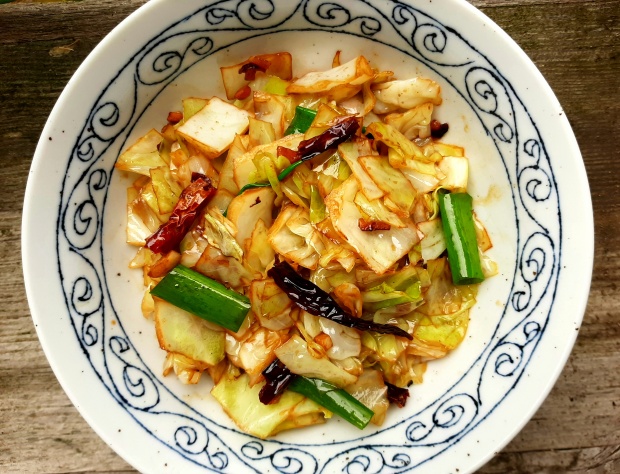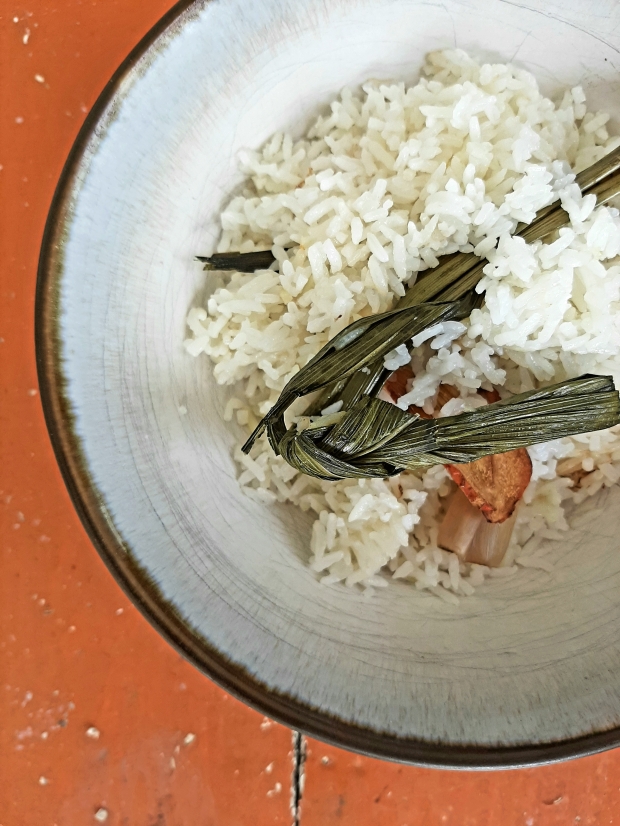It never ceases to amaze me how our tastes can change over time and through circumstance. What was once maligned becomes much loved, and benevolence finds itself curing into something of an obsession. Though it is embarrassing to admit now, this was very much the case with this recipe.
It’s fair to say that I haven’t always been a fan of this wonderful Nyonya dish. It’s not that I’ve ever actually disliked Sambal Kacang Goreng (green bean sambal). It is, after all, a true Malaysian classic, and justifiably so. But growing up in Penang meant never having to settle for anything less than what you actually wanted to eat, and for me there was only ever two sambal dishes worth ordering – Sambal Kangkong and the almighty Sambal Petai. Blinkered by such delights, I never really even considered many of the other amazing sambal goreng dishes out there…until, that was, I left Malaysia and her bounty of fresh ingredients.
Culinarily speaking, it was a calamitous time in my relationship with Malaysian food, a make or break moment that ultimately culminated in starting The Muddled Pantry. Indeed, the availability of fresh Asian ingredients has always been, and continues to be, the greatest challenge for many Asian expats the world over. And though access to fresh exotic ingredients has improved considerably, supply remains frustratingly erratic. Even if you do find a source of fresh produce, it is often short-lived . If there’s anything my 30’odd years as a Malaysian expat has taught me, is that you have to learn to make the most of what’s available. Admittedly I am blessed to call South Africa home, so I have no shortage of great local produce all year-round; and one thing we do certainly have a bounty of are green beans! Affordable and (more importantly) freely available, green beans were naturally on the top of my list of substitutes. It didn’t take me long to buy a bag of beans and give them the sambal treatment.
Oh what a foolish child I’d been. At first bite I knew I was tasting a delicious slice of humble-pie. I had to look no further, I had found a worthy contender. By the second mouthful, King Kangkong was off its perch. Come the third, I was completely sold! What a revelation. Heady, spicy, and evocative, the dish was everything I had hoped it to be. Cooked through just enough to retain an essential bite, the beans more than held their own against the spiciness of the robust sambal – something that is key to the dish.
Though it is a remarkably easy dish to make, and is ready in just 15 minutes, just be mindful not to add too much water. It is important to only add splashes of water around the sides of the hot wok. This gradually steams the beans in the sauce and will help retain their bite – if you add too much too quickly, you’ll dilute the sambal and risk boiling the beans instead.
Undoubtedly at peak crispness straight from the wok, this dish can also be served later at a tropical room temperature; or reheated even (just add another splash of water to loosen the sauce). Resting and reheating will result in a tougher bean, but equally it gives space for the flavours to evolve. Both options are as different as they are delicious; a matter of taste really. Not that I’m trying to sway you either way, but my personal favourite is to have it slightly warm, between two slices of fresh white bread.
For me at least, in South Africa, it’s become the best thing between sliced bread.
Note: Traditionally made with yard beans, and these being considerably harder than the variety many of us are accustomed to, using fine green beans would not be recommended; they lack the robustness of an older bean, and would succumb to the sauce.
To discover other delicious Malaysian recipes from The Muddled Pantry, please click here
Click here for the recipe










